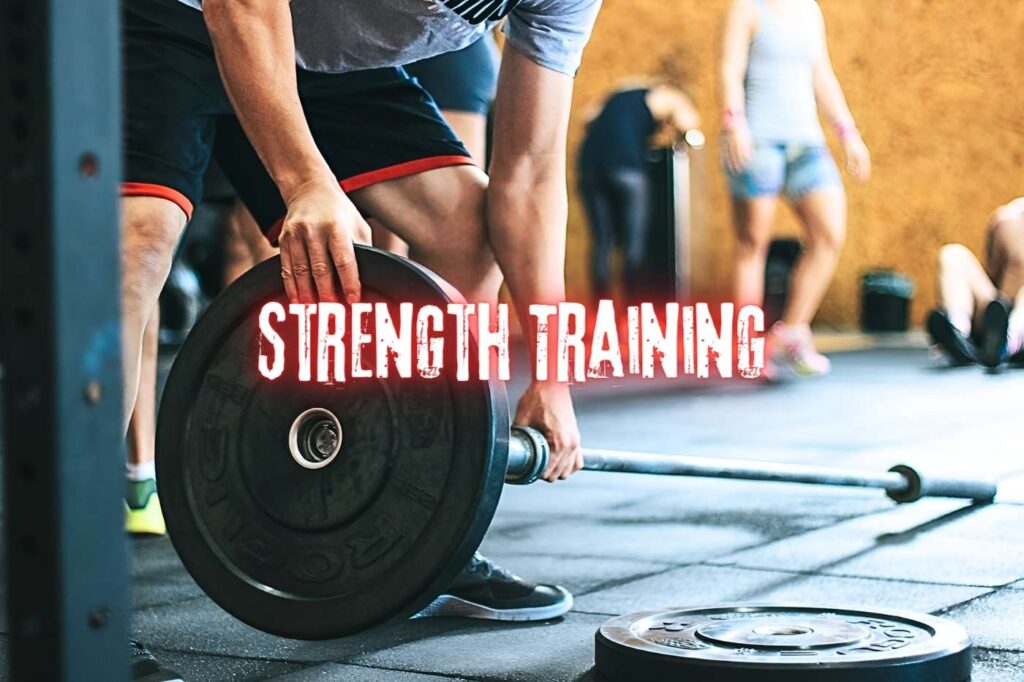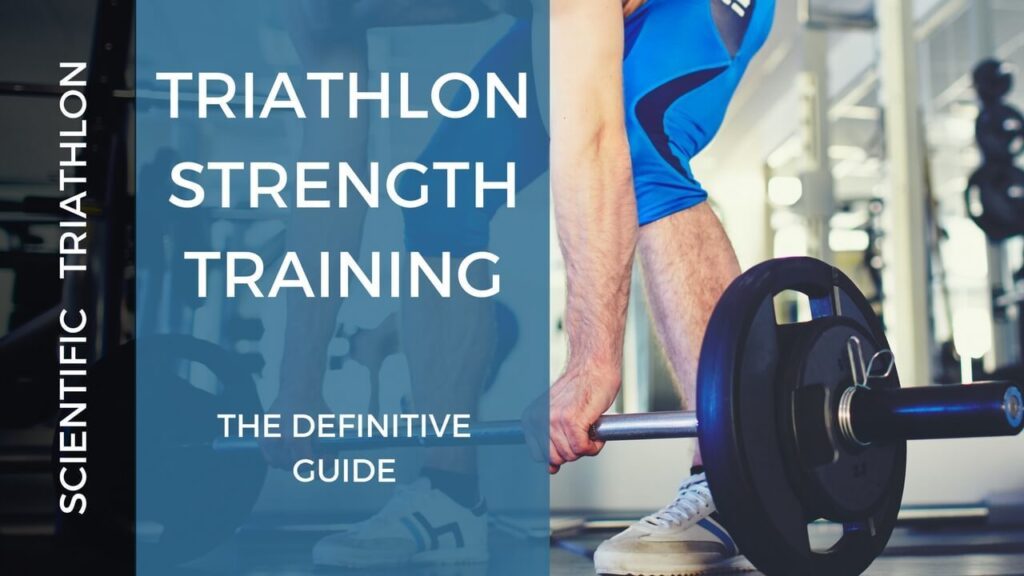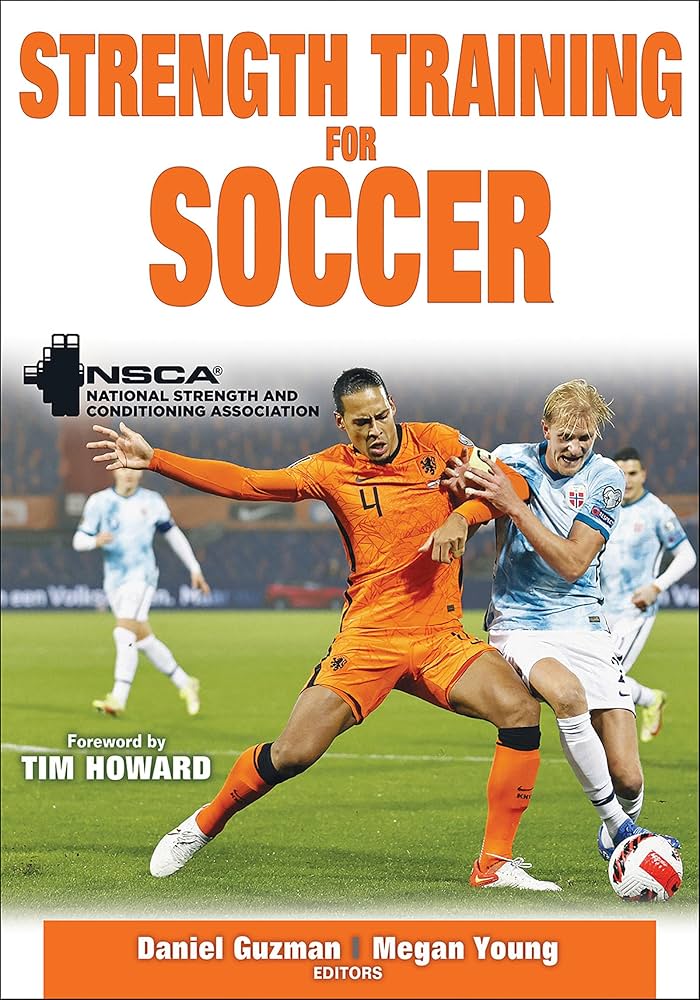Essentials of Strength Training and Conditioning provides comprehensive knowledge on developing strength, power, and endurance. It is a key resource for athletes and coaches.
Strength training and conditioning are fundamental aspects of fitness. They enhance muscle strength, improve endurance, and boost overall athletic performance. This guide covers various exercises, techniques, and training programs tailored for different fitness levels. It emphasizes the importance of proper form and technique to prevent injuries.
Nutrition and recovery are also crucial components discussed in this resource. Whether you’re a beginner or an experienced athlete, this guide offers valuable insights. It helps you achieve your fitness goals efficiently and safely. Understanding the principles of strength training can significantly improve your physical capabilities and overall health.
Introduction To Strength Training
Strength training and conditioning build muscle strength, improve endurance, and enhance overall fitness. Essential techniques include proper form, progressive overload, and balanced routines.
Benefits Of Resistance Exercises
Resistance exercises help build muscle strength. They also improve bone health. These exercises boost your metabolism. This means you burn more calories. Stronger muscles protect joints from injury. They also help you perform daily tasks better.
Resistance training can improve your balance. It also enhances your posture. This type of exercise can lower your blood pressure. It helps control blood sugar levels too. Regular strength training can improve your mood. It reduces symptoms of anxiety and depression.
Key Principles For Beginners
Start with lighter weights. Gradually increase the weight as you get stronger. Focus on proper form to prevent injuries. Work all major muscle groups. This includes legs, back, chest, and arms.
Allow muscles to rest between workouts. Aim for at least one rest day per week. Consistency is important. Try to exercise at the same time each day. Warm up before lifting weights. Stretch after your workout.
Setting Realistic Goals
Short-term goals are things you can achieve quickly. These can be daily or weekly targets. For example, lifting a bit more weight next week. Long-term goals take more time to reach. Think months or even years. Building muscle and improving overall fitness are long-term goals. Both types of goals are important. Short-term goals keep you motivated. Long-term goals give you a bigger picture to aim for.
Knowing your starting point is key. Check your strength, endurance, and flexibility. Try simple exercises like push-ups and squats. Count how many you can do. This helps you know where to begin. Write down your results. Use them to track your progress. Being honest with yourself is important. It helps in setting goals that you can achieve.
Creating A Balanced Workout Routine
Strength training needs different types of exercises. These include cardio, strength exercises, and flexibility workouts. Cardio helps your heart stay strong. Strength exercises build your muscles. Flexibility workouts keep your body loose. Combining all three ensures a balanced routine. Each type of exercise has its own benefits. Together, they make your body stronger and healthier.
Rest and recovery are crucial for muscle growth. Muscles need time to heal after workouts. Rest days prevent injuries. They also help avoid burnout. Getting enough sleep is part of recovery. Sleep helps muscles repair and grow. Eating well also aids recovery. Foods rich in protein and nutrients are best. Proper rest keeps your body ready for the next workout.
Essentials of Strength Training and Conditioning Fourth Edition
Developed by the National Strength and Conditioning Association (NSCA) and now in its fourth edition, Essentials of Strength Training and Conditioning is the essential text for strength and conditioning professionals and students. This comprehensive resource, created by 30 expert contributors in the field, explains the key theories, concepts, and scientific principles of strength training and conditioning as well as their direct application to athletic competition and performance.
Understanding Muscle Groups And Functions
Targeting the right muscle groups is essential. Focus on the chest, back, legs, and shoulders. Each group has different functions. The chest muscles help push movements. The back muscles assist in pulling actions. Legs are vital for overall strength and mobility. Shoulders support both pushing and pulling.
Compound movements use multiple joints and muscles. These exercises are efficient. Squats and deadlifts are great examples. Isolation movements focus on a single muscle group. Bicep curls and tricep extensions are common. Balancing both types can enhance overall strength.
Proper Technique And Safety Measures
Always use the correct form for each exercise. This keeps your muscles and joints safe. Warm up before starting your workout. Stretching helps prevent injuries. Start with lighter weights and increase slowly. This avoids overloading your muscles. Drink plenty of water to stay hydrated. Rest between sets to let your body recover.
A spotter helps you lift heavy weights safely. They can assist if you struggle with a lift. A spotter can correct your form if needed. They are important for bench presses and squats. A spotter watches your movements and can prevent accidents. Always communicate with your spotter. This ensures both of you understand the plan.
Nutrition And Supplementation
Protein is vital for muscle growth. Aim for 1.6 to 2.2 grams per kilogram of body weight. Carbohydrates provide energy. They help during intense workouts. Healthy fats are important too. They support hormone production and overall health. Balance your diet with all three macronutrients. This ensures optimal muscle growth and recovery.
Creatine improves strength and power. It is one of the most researched supplements. Beta-alanine helps reduce fatigue. It allows for longer training sessions. Whey protein is excellent for post-workout recovery. It provides quick-digesting protein. BCAAs support muscle repair. They are useful during and after workouts. Omega-3 fatty acids reduce inflammation. They also support overall health. Always consult a healthcare provider before starting any supplement.
Tracking Progress And Adjusting Workouts
Use a journal to record your workouts. Note the weight lifted and the number of reps. Track your running times and distances. This helps in seeing gains over time. Measure your endurance by timing how long you can maintain an exercise.
Increase intensity when workouts feel too easy. Add more weight or reps. Raise the volume if you can do more exercises without getting tired. Change your routine every few weeks to prevent plateaus. Listen to your body to avoid injury.
Advanced Training Techniques
Periodization helps athletes avoid plateaus in their training. It involves planning workout cycles to boost performance. Each cycle targets different aspects of strength and conditioning. A typical cycle includes preparatory, competitive, and transition phases. The preparatory phase focuses on building a strong foundation. The competitive phase enhances peak performance. The transition phase allows for recovery and adaptation. Periodization ensures consistent progress and prevents overtraining.
Plyometrics improve explosive power and speed. Exercises like jump squats and box jumps are common. Unconventional tools add variety to workouts. Tools like kettlebells, resistance bands, and medicine balls engage different muscle groups. These tools make workouts challenging and fun. Combining plyometrics with unconventional tools boosts overall fitness.
Mental Toughness In Strength Training
Mental toughness in strength training pushes athletes to exceed their limits, enhancing both physical performance and mental resilience. Building this toughness is crucial for achieving long-term conditioning success.
Overcoming Plateaus
Mental toughness helps in overcoming plateaus. Strength training can be tough. Progress may slow down. Keep pushing yourself. Change your workout routine. Try different exercises. Stay positive and focused. Remember your goals. Small steps lead to big changes. Believe in your ability. Break through those barriers.
Psychology Of Consistency And Discipline
Consistency and discipline are key in strength training. Always stick to your workout plan. Never skip a session. Build a routine. Make exercise a habit. Discipline keeps you on track. Follow your schedule. Stay committed to your goals. Celebrate small wins. They boost motivation. Consistency brings results. Keep going, even when it’s hard.
Community And Support Systems
A supportive gym environment can boost your motivation. People at the gym can offer helpful advice. Choose a gym with friendly and knowledgeable staff. You may find it easier to stay consistent with your workouts. A good gym community can make workouts more enjoyable.
Online resources can be very helpful for your training. Many apps provide workout plans and nutrition advice. These tools can track your progress and set goals. Some apps even offer virtual coaching. They can help you stay on track and stay motivated.
Frequently Asked Questions
What Are The Benefits Of Strength Training?
Strength training increases muscle mass, boosts metabolism, and improves overall strength and endurance.
How Often Should You Do Strength Training?
Strength training should be done 2-3 times per week for optimal results.
What Is The Best Time To Do Strength Training?
Morning or evening, depending on your schedule and energy levels.
Can Beginners Do Strength Training?
Yes, beginners can start with light weights and simple exercises.
What Equipment Is Needed For Strength Training?
Dumbbells, resistance bands, and barbells are common equipment for strength training.
How Long Should Strength Training Sessions Last?
Sessions should last 45-60 minutes for effective workouts.
Is Strength Training Safe For Older Adults?
Yes, with proper guidance and modifications, strength training is safe for older adults.
What Are Common Strength Training Exercises?
Squats, deadlifts, bench presses, and lunges are popular exercises.
How Does Strength Training Help In Weight Loss?
Strength training increases muscle mass, which boosts metabolism and burns more calories.
Can You Combine Strength Training With Cardio?
Yes, combining both can enhance overall fitness and health benefits.
Conclusion
Strength training and conditioning are crucial for overall health and fitness. Incorporate these essentials into your routine. Start gradually and prioritize consistency. Listen to your body and adjust as needed. Remember, progress takes time. Stay committed and enjoy the benefits of a stronger, healthier you.












